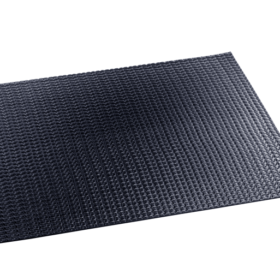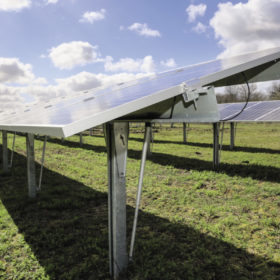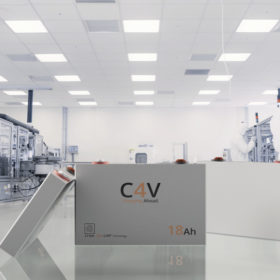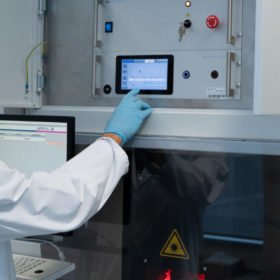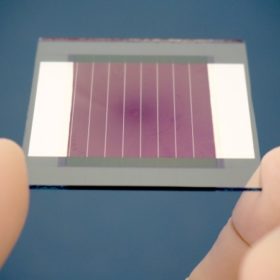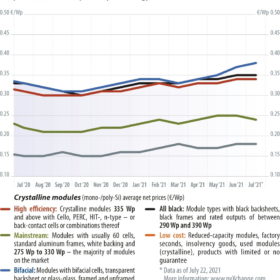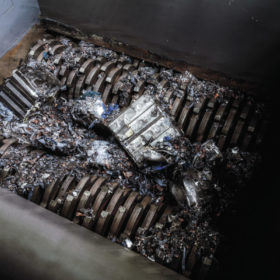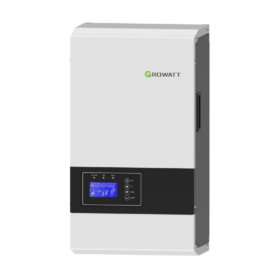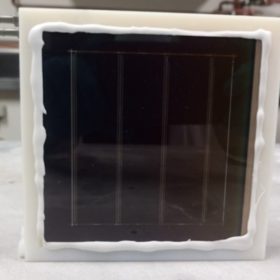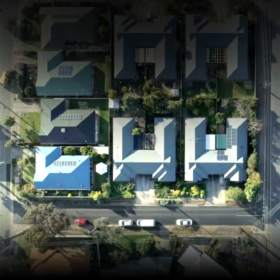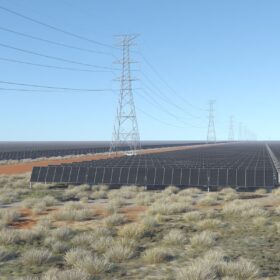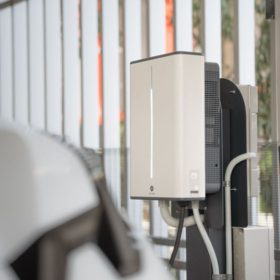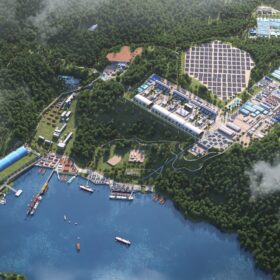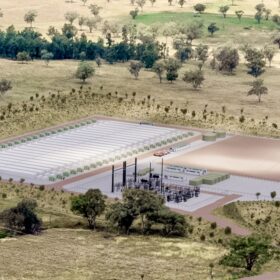Suite of hydrogen-fuelled vehicles to enter Australian market following Warrego fanfare
Australian startup H2X is banking on bringing automotive manufacturing back to Australia with hydrogen. After its Warrego ute was met with startling fanfare last week, pv magazine Australia caught up with the company’s corporate affairs specialist, Tony Blackie.
Flexible solar panel for vehicle-integrated applications
Called SolFlex, the frameless panel is based on 22%-efficient solar cells and is designed for high, one-sided heat load. The standard product measures 100x100x2.9cm, weighs in at 3.4kg, and has a power output of 170 W.
Sunday read: Digesting Europe’s border tax proposal
The European Union’s proposed carbon border tax on imports of energy-intensive goods could push up prices of steel, aluminium and raw materials, which could add costs to the supply chain for solar PV installations. In the longer run, however, the border tax could also offer solar PV manufacturers new opportunities to source materials with a lower carbon footprint.
Saturday read: Gigafabs in India
India’s solar module makers have built a strong track record, and now the country is set to see vast battery facilities developed. Uma Gupta provides a look into ambitious manufacturing projects and the wider enabled ecosystem.
Fraunhofer CSP develops repair process for PERC solar cells
The performance of the solar cell contacts can be improved with laser-assisted current treatment. The process does not damage the solar cells but only optimises faulty semiconductor-metal contacts.
Mini organic solar module with 13.94% efficiency
The panel is based on 14.9%-efficient organic PV cells with a surface of 1.1 cm2 that the same research group unveiled in September 2020. The solar cells were interconnected using laser structuring.
Sunday read: A decisive movement in module prices
The sky is the limit. Fortunately, this expression does not apply to current prices for PV panels, which have recently declined, following a continuous rise since the beginning of the year. Whether this situation holds, or whether prices drop further in the coming months is hard to say at the moment, writes Martin Schachinger of pvXchange. Polysilicon prices and thus wafer and cell prices could be in for a slight decline. However, a decisive movement in module prices in general is unlikely before the fourth quarter.
Saturday read: Battery recycling and material uncertainty
Lithium-ion batteries remain the front-runner to power EVs, but without clearer recycling plans from the European Union and the United States, the balance isn’t yet tipped away from heavy mining of new materials to focus on supplying industry needs, writes Ian Morse.
Growatt unveils off-grid inverter
The 3 kW inverter has an efficiency of 95% and features a surge power of 9000 VA. According to the manufacturer, the device is compatible with mainstream lead-acid and lithium-ion batteries.
Coupling PV-powered electrochemical water splitting with battery storage
A German research team has developed a photovoltaic-electrochemical device for alkaline water electrolysis that can be linked to battery storage. The proposed system configuration can not only smoothen out the PV power fluctuations and facilitate power coupling, but also improve solar to hydrogen efficiency.

